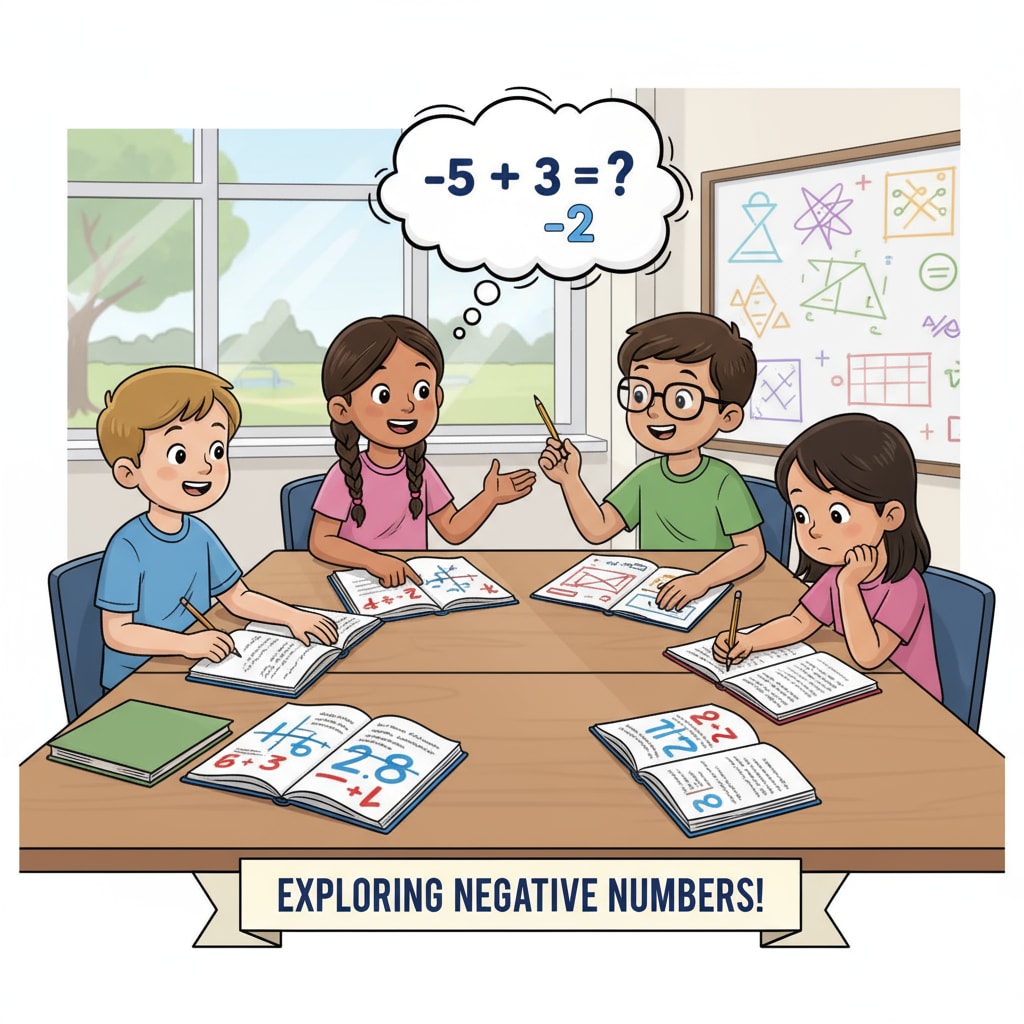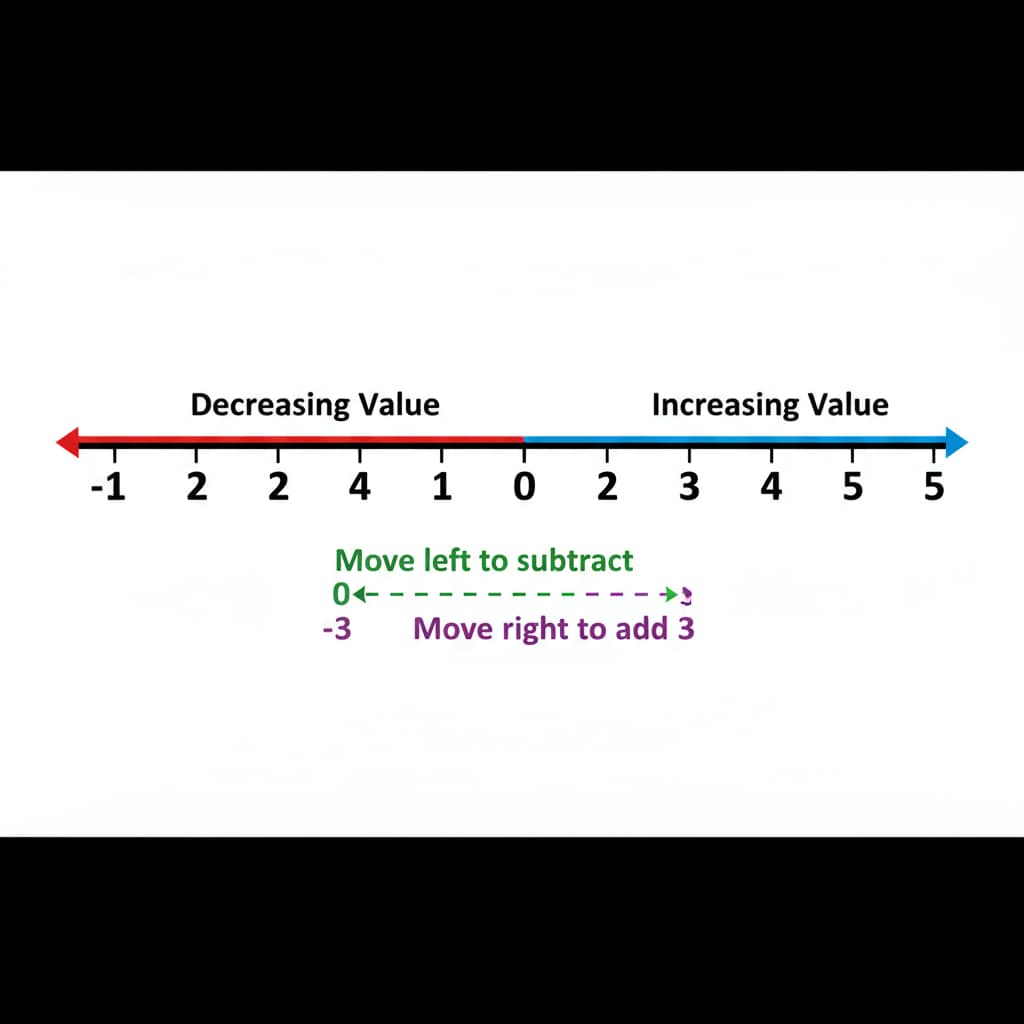Fourth graders’ understanding of negative numbers and their overall mathematical comprehension abilities are crucial aspects of their educational journey. As students progress through their primary school years, the introduction of new and more complex mathematical concepts like negative numbers can pose both challenges and opportunities. Understanding how these young learners make sense of negative numbers is essential for educators and parents alike.

The Cognitive Leap with Negative Numbers
Negative numbers represent a significant cognitive leap for fourth graders. At this stage of their mathematical development, students have typically been dealing with positive numbers, which are more tangible and easier to visualize. For example, counting objects or understanding basic arithmetic operations like addition and subtraction with positive values. However, negative numbers introduce an abstract concept. They require students to think beyond the simple idea of quantity and start understanding concepts like debt, temperature below zero, or elevation below sea level. According to Child cognitive development on Wikipedia, children at this age are in a stage where they are starting to develop more complex mental operations, but negative numbers still present a challenge.

Teaching Strategies for Negative Number Comprehension
To help fourth graders better understand negative numbers, educators can employ various teaching strategies. One effective approach is to use real-life examples. For instance, talking about money in terms of owing someone money (negative) or having money (positive). Another strategy is visualization. Using a number line to show the relationship between positive and negative numbers can make the concept more concrete. As stated in Education on Britannica, making learning relevant to students’ lives and using visual aids can enhance their understanding. Teachers can also design hands-on activities where students can physically manipulate objects to represent negative and positive values. This active engagement can improve their comprehension and retention of the concept.
In conclusion, fourth graders’ ability to understand negative numbers is an area that requires careful consideration. By understanding their cognitive development stage and implementing appropriate teaching strategies, we can help these young learners build a solid foundation in mathematics. This will not only aid their current academic progress but also prepare them for more advanced mathematical concepts in the future.
Readability guidance: Each paragraph here is concise, focusing on key points. The use of real-life examples and external references helps to make the content more accessible. Transition words like ‘however’ and ‘for instance’ are used to enhance the flow. The images are placed at relevant positions to support the text.


